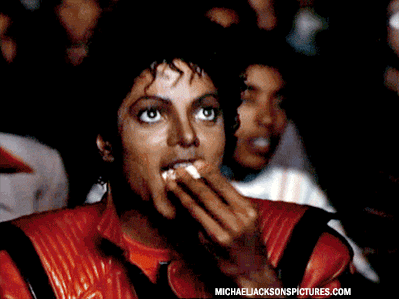
Darby Hayes
Elementary Education
Popping Popcorn with /p/
Emergent Literacy Design
Rationale: This lesson will help children identify /p/, the phoneme represented by P. Students will learn to recognize /p/ in spoken words by learning a meaningful representation (popping popcorn) and the letter symbol P, practice finding /p/ in words, and apply phoneme awareness with /p/ in phonetic cue reading by distinguishing rhyming words from beginning letters.
Materials: Primary paper and pencil; chart with "Polly is playing with her pretty pink princess"; drawing paper and crayons; Maggie Smith’s Pigs in Pajamas (Knopf Books, 2012); word cards with PIG, PET, POP, PART, PLAY, and PAINT; assessment worksheet identifying words that start with /p/ (URL below).
Procedures:
1. Say: Our written language is a secret code. The tricky part is learning what letters stand for—the mouth moves we make as we say words. Today we're going to work on spotting the mouth move /p/. We spell /p/ with letter P. The /p/ sounds like popping popcorn.
2. Let's pretend we’re popping popcorn, /p/, /p/, /p/. [Pantomime popping popcorn] Notice how your lips are? (Touching lips). When we say /p/, we push air out between our lips in a popping motion.
3. Let me show you how to find /p/ in the word help. I'm going to stretch help out in super slow motion and feel for the air pushing out between my lips. Hhh-e-e-elp. Slower: Hhh-e-e-e-lll-ppp. There it was! I heard the popping sound when I said the /p/ sound.
4. Let's try a tongue twister [on chart]. "Polly is playing with her pretty pink princess." Everybody say it three times together. Now say it again, and this time, stretch the /p/ at the beginning of the words. " Ppppolly is pppplaying with her ppppretty pppink ppprincess”. Try it again, and this time break it off the word: “/P/ olly is /p/ laying with her /p/ retty /p/ ink /p/ rincess”.
5. [Have students take out primary paper and pencil] We use letter P to spell /p/. Let's write the lowercase letter p. Start at the fence and go straight down into the ditch, pick up, go around to the fence, and put his chin on the sidewalk. (Check to make sure students are successful) Now let’s write nine more lowercase p’s. Now that you’ve gotten lowercase p, let’s try uppercase P. This one is similar to lowercase P, except you will start at the roof, go down to the sidewalk, go around to the rooftop, and put his chin on the fence.
6. Call on students to answer and tell how they knew: Do you hear /p/ in park or home? pumpkin or corn? pet or get? Police or fog? Pick or sick? Say: Let's see if you can spot the mouth move /p/ in some words. Pop like popcorn if you hear /p/: The, puppy, pen, sat, pink, to, the, pail, purple, flowers.
7. Say: "Let's look at an alphabet book. The book Pigs in Pajamas is about Penelope Pig’s sleepover and all the fun things she and her six other pig friends do in their pajamas!" Read the book out loud. After you’ve finished the book, ask the students to recall some of the things the pigs did that started with P. Then tell students to imagine themselves as a pig in pajamas, and have them draw what they imagine they would look like.
8. Show PEG and model how to decide if it is peg or leg: The P sounds like popcorn popping, /p/, so this word is ppp-eg, peg. You try some: PIG: pig or dig? PET: pet or set? POP: pop or top? PART: part or start? PLAY: play or day? PAINT: paint or faint?
9. For assessment, distribute the worksheet. Students are to identify the letters than begin with the letter P, and then color the pictures that they identified as starting with P.
Reference: Audrey Blair, Washing Clothes with W
http://abb0036.wixsite.com/funwithreading/emergent-literacy
http://www.auburn.edu/academic/education/reading_genie/
Assessment worksheet: http://www.kidzone.ws/kindergarten/p-begins2.htm
Entries Index:
http://www.auburn.edu/academic/education/reading_genie/Entries.html
